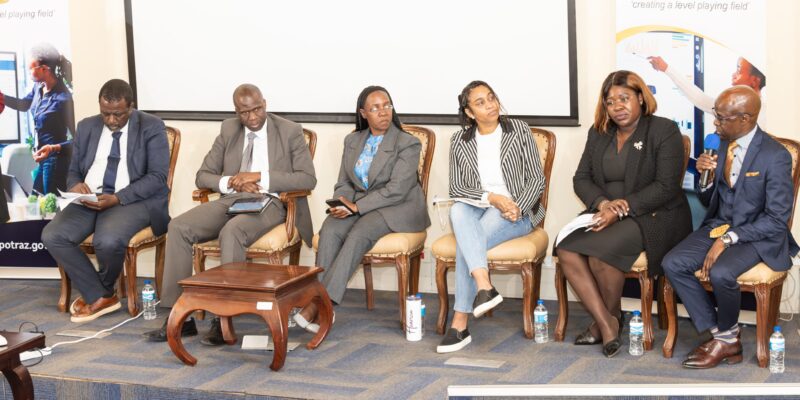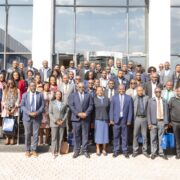Zimbabwe’s shift from Education 3.0 to the broader Education 5.0 framework has transformed the country’s higher education landscape, producing a new wave of graduates with advanced digital skills in areas such as artificial intelligence, data science, and cybersecurity.
Introduced in 2020, Education 5.0 expanded the traditional pillars of teaching, research, and community service to include innovation and industrialisation. The reform has led universities to reconfigure curricula, establish innovation hubs, and roll out industry-aligned technology programmes.
State universities now offer degree programmes in emerging technologies, while locally developed software is being deployed across campuses, from online application systems to internal administrative tools. Speaking during a panel discussion at POTRAZ Research Dissemination Workshop, officials say these in-house solutions have saved the government significant costs on imported software.
By Ruvarashe Gora
“Our institutions are churning out graduates who are competent in digital skills,” a Higher Education Ministry representative said. “If you go to any state university, you will find that all the software being used was developed locally, a testament to our capabilities.”
The reform’s emphasis on innovation has also produced tangible commercial results. According to government data, innovation hubs at institutions like the National University of Science and Technology (NUST) and Midlands State University (MSU) have generated tech prototypes, launched student-driven startups, and forged industrial partnerships.
At Harare Institute of Technology, engineers collaborated with the Zimbabwe Electricity Supply Authority (ZESA) to locally manufacture electricity transformers, reducing the need for costly imports. Great Zimbabwe University has introduced agri-tech projects that support rural communities through grain milling and poultry production.
Education experts say the pivot toward advanced digital programmes marks a deliberate effort to align higher education with the demands of a technology-driven economy. In addition to AI and IoT, cybersecurity courses are now available at both undergraduate and postgraduate levels.
However, implementation has not been uniform across the country. Analysts warn that without expanded infrastructure, funding, and private-sector collaboration, the benefits of Education 5.0 risk being concentrated in a handful of well-resourced institutions.
The Higher Education Ministry maintains that the initiative is already bearing fruit and will continue to evolve. Plans are underway to expand innovation hubs and increase student exposure to applied research and commercial ventures.















Comments